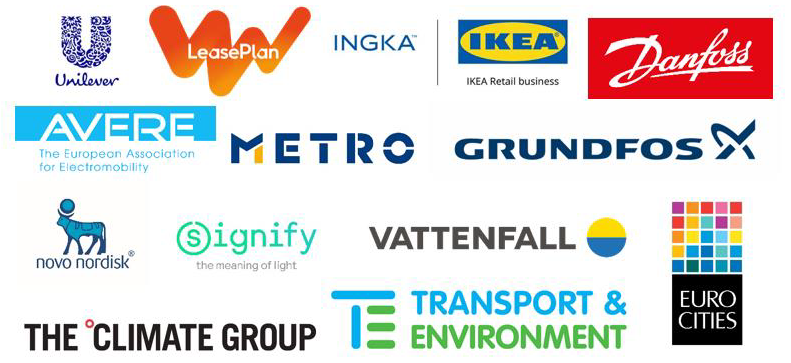
Interested in this kind of news?
Receive them directly in your inbox. Delivered once a week.
Monday 4th of February 2019
Re: Note to the representatives of the European Parliament, Council and the European Commission regarding discussions on the truck CO2 file
To: Commissioner Miguel Arias Cañete, Cosmin Boiangiu, Bas Eickhout, Christopher Fjellner, Damiano Zoffoli, Nils Torvalds, Eleonora Evi, Stefan Eck, John Procter
Cc: Environment attaches of the member states
Dear Negotiators,
In April 2018, shortly before the truck CO2 proposal was published, more than forty major global brands, transport companies and haulier associations wrote to President Juncker asking for an ambitious mandatory sales target for zero emission trucks to form part of the EU fuel efficiency standards for heavy duty vehicles (please see full letter attached).
Currently negotiations between the European Parliament, the Council and the European Commission are ongoing to finalise this legislative process. We understand that both the negotiating positions of the Parliament and Council contain text which could help deliver a minimum sales share of zero emission trucks by 2025.
As discussions continue, we stress the need to provide a strong level of market certainty regarding the sales level of zero emissions trucks sales by 2025. As noted in our letter, deployment of zero emission trucks is vital to the transport sector to reduce emissions and fuel costs. We therefore call on you to introduce now as part of these negotiations an ambitious yearly sales benchmark as of 2025 for zero emission trucks taking into account the mileage and payload of different truck types.
We hope for a successful outcome and wish you well in your discussions.


